 Shutterstock
Shutterstock
Dogs have been loyal companions to humans for thousands of years, but some breeds maintain a closer genetic and physical connection to their wild ancestors, the wolves. These breeds share similar physical traits, behaviors, and howling patterns with wolves, making them particularly fascinating to dog enthusiasts. Their wolf-like appearance and behaviors reflect a deep bond with their wild relatives, evident in their strength, endurance, independence, and pack mentality. These qualities make them unique and captivating, highlighting their primal connection to wolves.
Shikoku
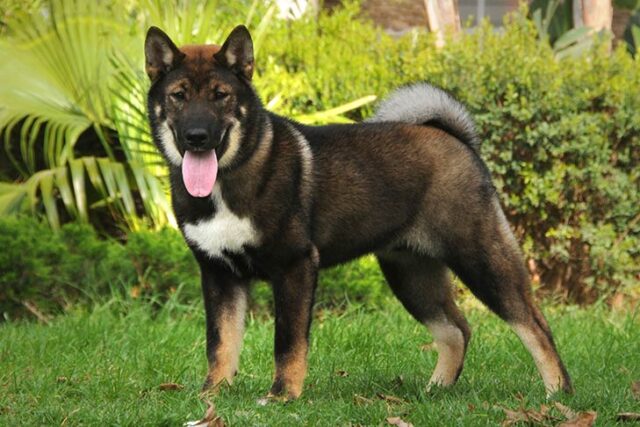 Shutterstock
Shutterstock
The Shikoku is a lesser-known breed from Japan that retains many wolf-like traits. Originally bred for hunting in the mountainous regions of Shikoku Island, these dogs are agile, resilient, and independent. Shikokus have a strong prey drive and a keen sense of adventure, which makes them resemble their wild ancestors. Their physical appearance, with a thick double coat, erect ears, and a curled tail, also contributes to their wolf-like aura. Shikokus are loyal and devoted to their families but require early socialization and training to manage their independence.
Samoyed
 Shutterstock
Shutterstock
Samoyeds are known for their striking appearance, with a thick, white double coat and a perpetual “smile.” These dogs were initially bred by the Samoyede people of Siberia for herding reindeer and pulling sleds. Their strong, muscular build and endurance are reminiscent of their wolf ancestors. Samoyeds are highly social and friendly, often forming strong bonds with their human families. Their vocal nature and howling tendencies also hint at their wolf-like origins. Despite their friendly demeanor, they retain a certain independence and resilience that makes them unique.
Akita Inu
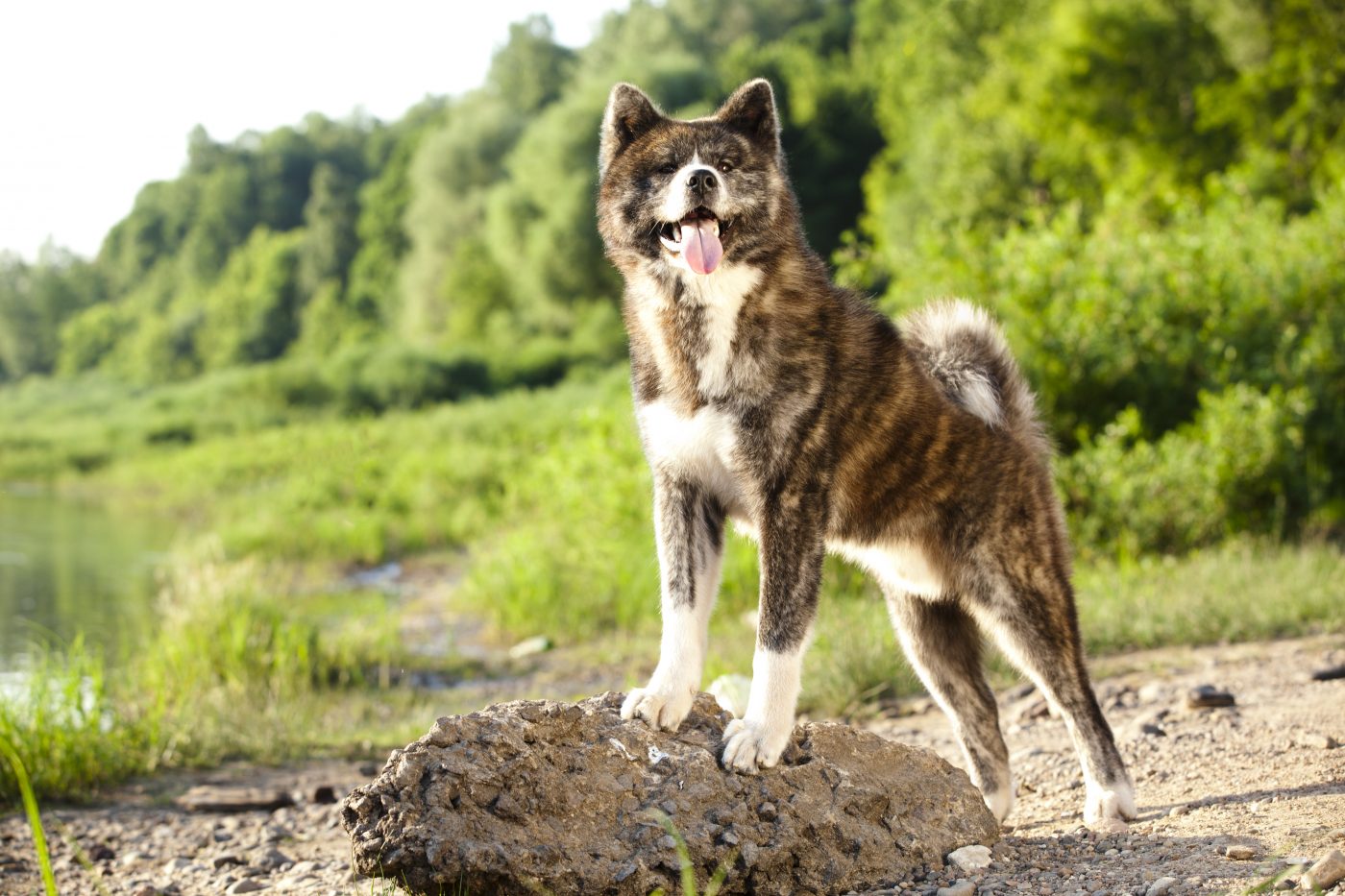 Shutterstock
Shutterstock
The Akita Inu is a large and powerful breed from Japan, initially used for hunting and guarding. They have a dignified and aloof demeanor, similar to wolves. Akitas possess a thick double coat, erect ears, and a curled tail, giving them a striking resemblance to their wild counterparts. Their loyalty and protective instincts are reminiscent of a wolf pack’s alpha. Akitas require firm and consistent training and socialization from a young age to channel their instincts into positive behaviors.
Alaskan Malamute
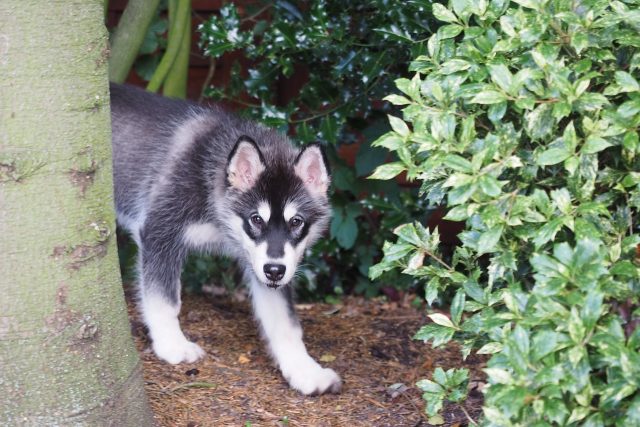 Shutterstock
Shutterstock
Alaskan Malamutes are powerful, large dogs initially bred for strength and endurance, pulling heavy sleds in harsh Arctic conditions. Their physical strength, thick double coat, and facial markings closely resemble those of wolves. Malamutes are known for their friendly and affectionate nature, yet they possess an independent streak. They communicate through vocalizations, including howls, further aligning them with their wild ancestors. Malamutes thrive in environments where they can exercise and work, reflecting their heritage as working dogs.
Siberian Husky
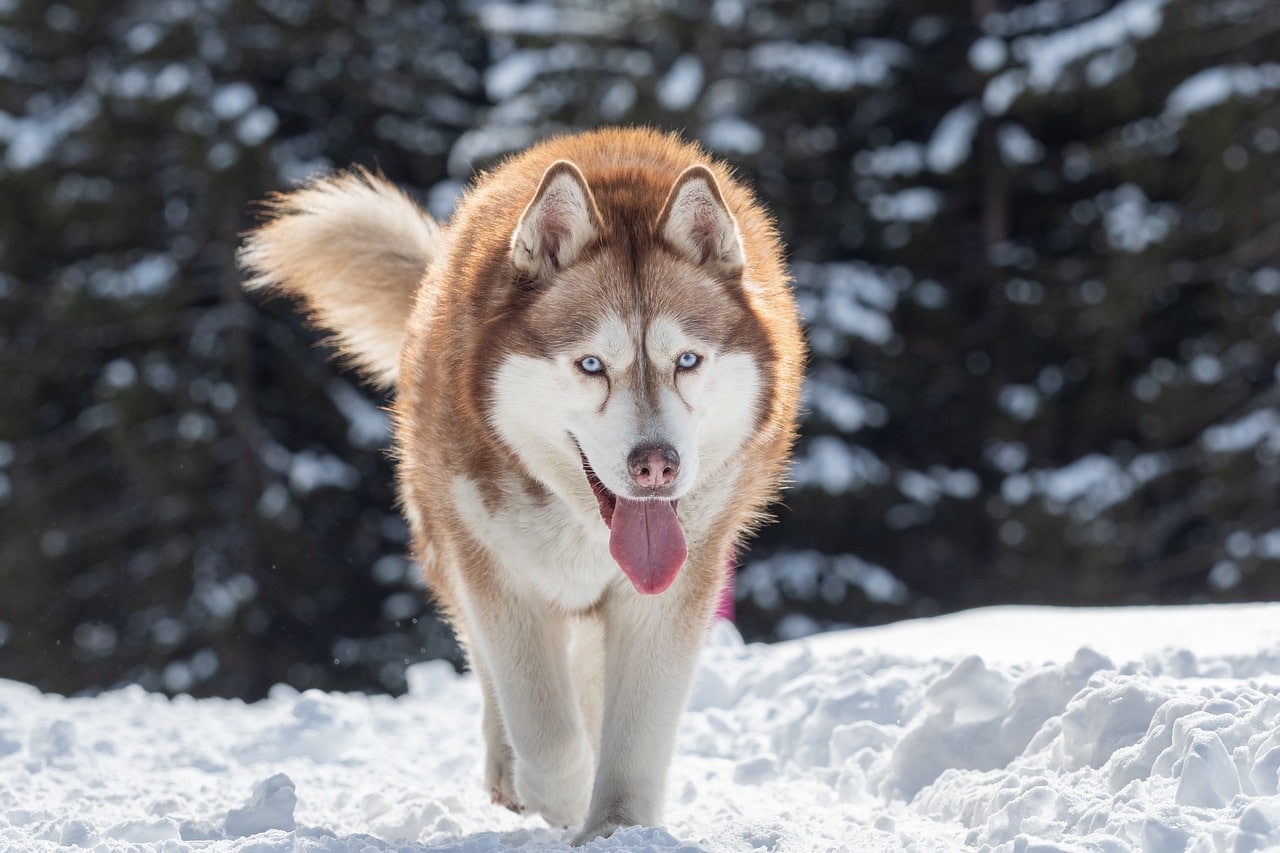 Shutterstock
Shutterstock
Siberian Huskies are medium-sized dogs known for strikingly resembling wolves, with their almond-shaped eyes, erect ears, and dense double coat. Bred by the Chukchi people of Siberia for sled pulling, Huskies are known for their stamina and endurance. They have a strong pack mentality and are known to howl rather than bark, similar to their wolf ancestors. Siberian Huskies are friendly and outgoing but also have an independent nature that requires firm training and socialization.
Saarloos Wolfdog
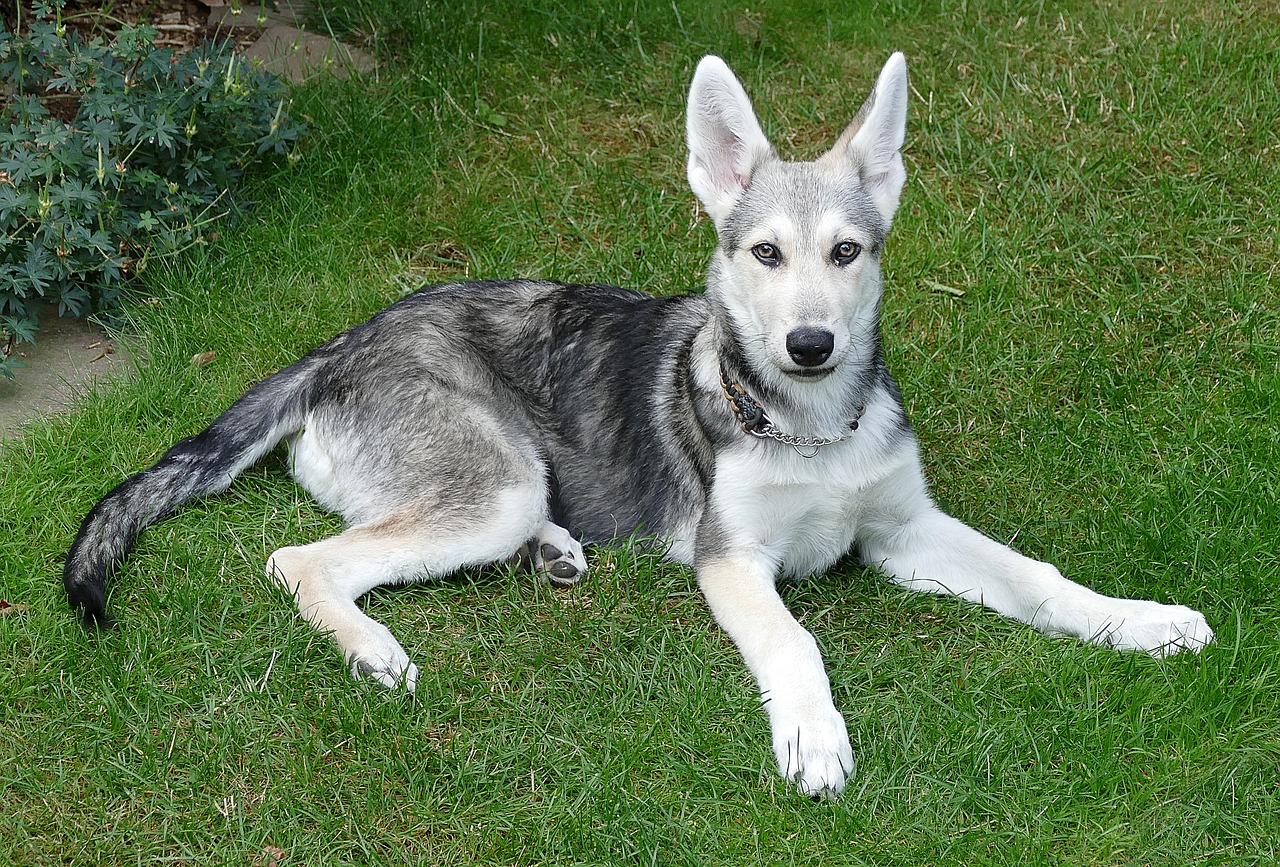 Shutterstock
Shutterstock
The Saarloos Wolfdog is a breed developed by crossing German Shepherds with Eurasian wolves. This breed was created by Dutch breeder Leendert Saarloos to maintain a more wolf-like temperament and appearance. Saarloos Wolfdogs are large, with a strong, athletic build and a dense coat in various wolf-like colors. They are known for being shy and reserved around strangers, often requiring careful socialization. While they are loyal and affectionate with their families, their independent and somewhat aloof demeanor makes them less suited to inexperienced owners.
Keeshond
 Shutterstock
Shutterstock
While smaller and less wolf-like in some respects, the Keeshond retains several traits reminiscent of their wild ancestors. They have a plush double coat, fox-like face, and expressive eyes, giving them a unique appearance. Keeshonds are known for their friendly and outgoing nature, making them excellent companions. They are highly social and enjoy being around people, often using their expressive faces to communicate. Despite their smaller size, Keeshonds have a thick coat and a lively personality, which can remind one of their distant wolf relatives.
Czechoslovakian Wolfdog
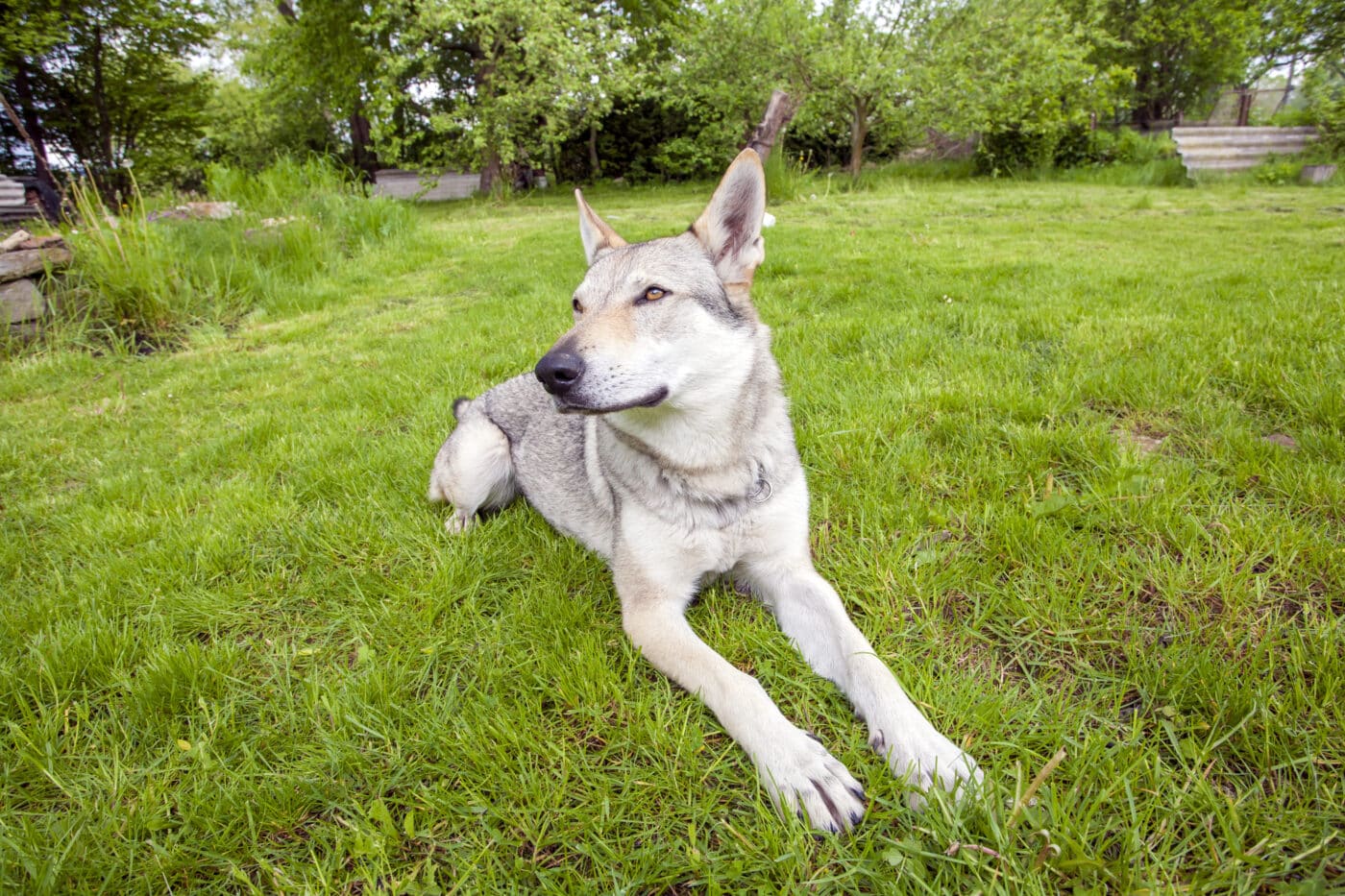 Shutterstock
Shutterstock
Czechoslovakian Wolfdog is a breed that was developed by crossing German Shepherds with Carpathian wolves. This breed was originally created for military purposes but has become popular for its wolf-like appearance and versatile abilities. Czechoslovakian Wolfdogs have a strong build, erect ears, and a dense coat that resembles their wolf ancestors. They are highly intelligent and energetic and require significant exercise and mental stimulation. Their strong pack mentality and loyalty to their families make them excellent companions for experienced dog owners.
Greenland Dog
 Shutterstock
Shutterstock
Greenland Dog is an ancient breed used by the Inuit people for sledding and hunting. This breed strongly resembles wolves, with a thick double coat, erect ears, and a bushy tail. Greenland Dogs are known for their endurance, strength, and resilience in harsh Arctic conditions. They are loyal and hardworking, often forming strong bonds with their owners. Greenland Dogs are independent and can be somewhat reserved, requiring firm and consistent training. Their wolf-like appearance and hardworking nature make them excellent companions for those who lead an active lifestyle.
Tamaskan Dog
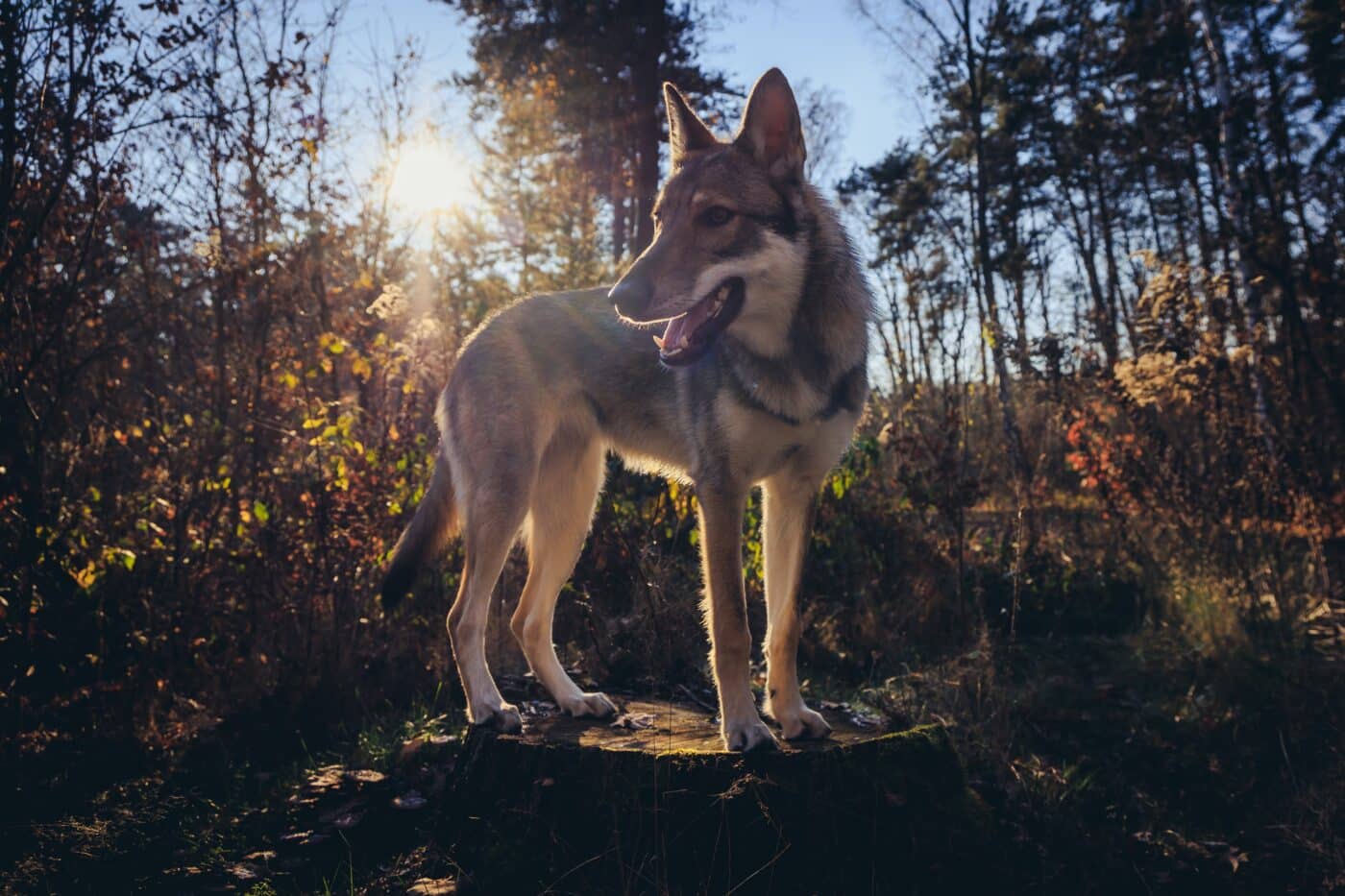 Shutterstock
Shutterstock
The Tamaskan Dog is a relatively new breed specifically bred to resemble wolves. Though not a direct wolf hybrid, its genetic makeup includes several northern dog breeds, such as the Siberian Husky, Alaskan Malamute, and German Shepherd. Tamaskans are highly intelligent and energetic, making them excellent companions for active owners. Their wolf-like appearance and loyal and social nature make them a popular choice for those who want a dog that looks wild but behaves domestically.
Utonagan
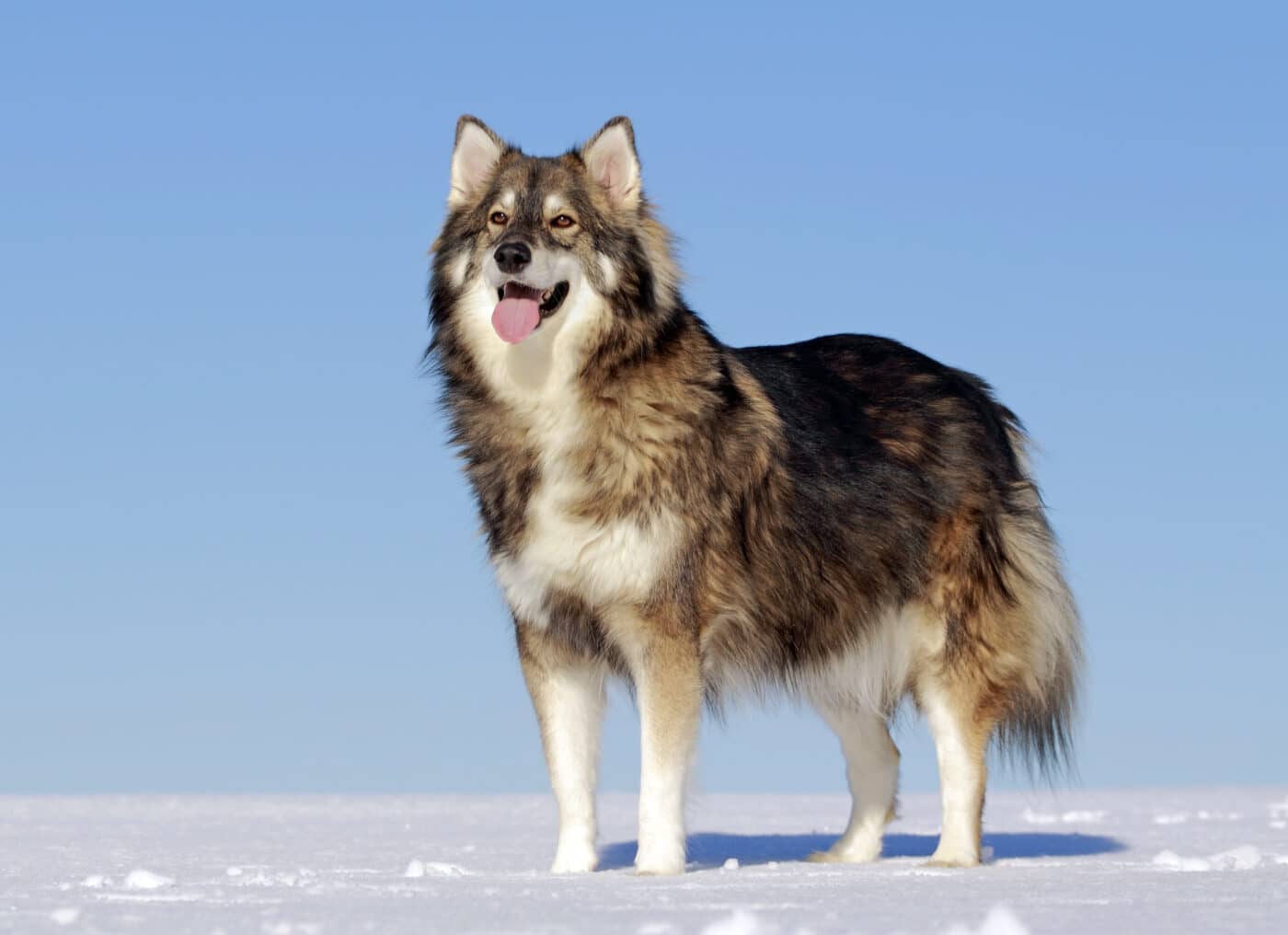 Shutterstock
Shutterstock
The Utonagan is another wolf-like breed, developed in the UK by crossing Siberian Huskies, Alaskan Malamutes, and German Shepherds. Its resemblance to wolves is striking but maintains a friendly and affectionate temperament. Utonagans are known for their intelligence, strength, and adaptability. They do well in various environments, including as family pets or working dogs. Their wolf-like appearance and gentle nature make them unique among dog breeds closely related to wolves.
Canadian Eskimo Dog
 Shutterstock
Shutterstock
The Canadian Eskimo Dog, or Inuit Dog, is one of the oldest and rarest working breeds, traditionally used by the Inuit people for pulling sleds and hunting. This breed shares many physical and behavioural traits with wolves, such as high energy levels, independence, and strength. Despite their close resemblance to wolves, Canadian Eskimo Dogs are loyal and affectionate towards their owners, although they require proper training and socialization to thrive in a domestic environment.
Finnish Lapphund
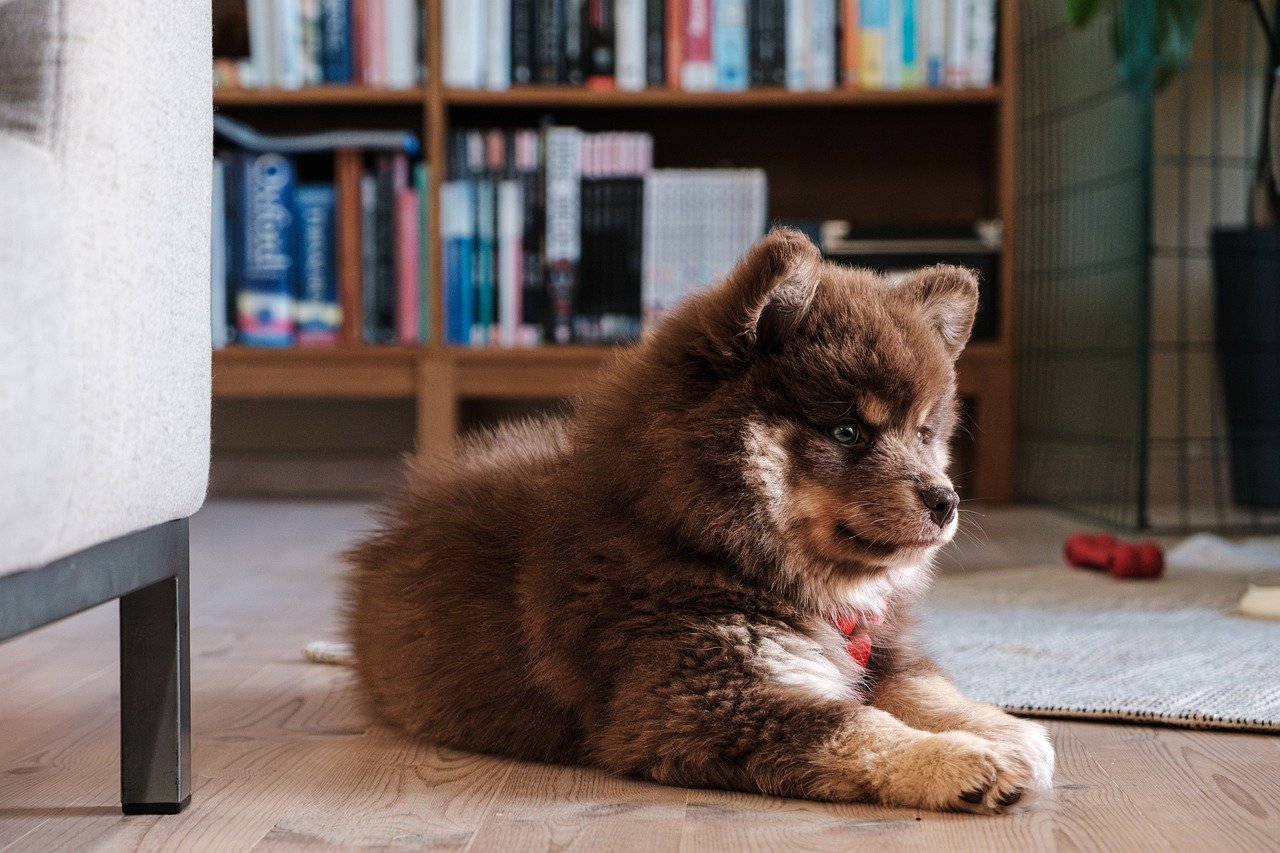 Shutterstock
Shutterstock
Originally bred by the Sami people for herding reindeer, the Finnish Lapphund is an ancient breed with a wolf-like appearance. Known for their fluffy coats and sharp instincts, Finnish Lapphunds are intelligent, loyal, and protective, making them great working dogs and family companions. Though they have a friendly and social disposition, their wolfish heritage shows in their keen sense of awareness and ability to adapt to harsh conditions.
Shiloh Shepherd
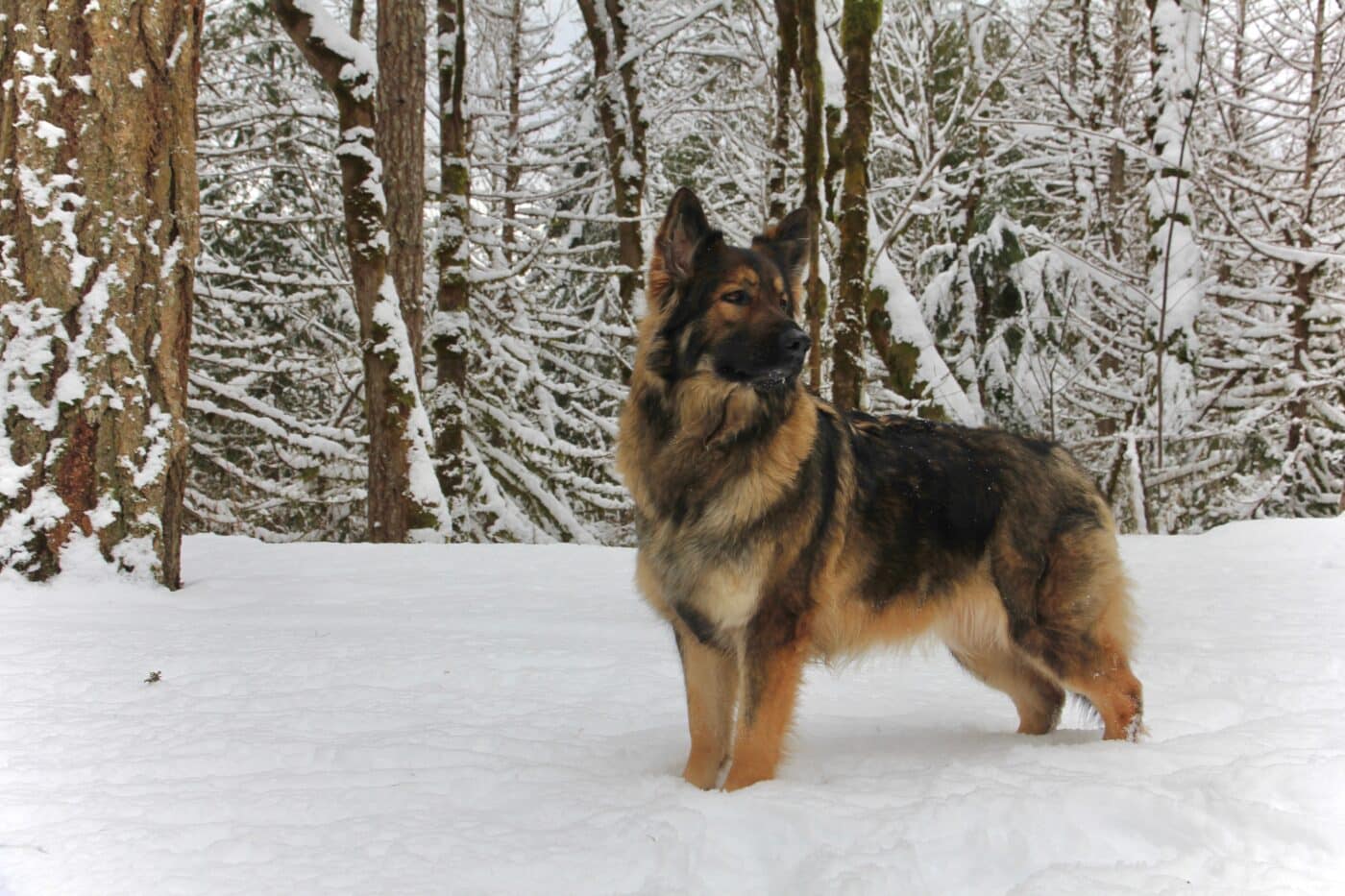 Shutterstock
Shutterstock
The Shiloh Shepherd was bred to resemble the German Shepherd but with a more wolf-like appearance and a larger frame. This breed is known for its intelligence, loyalty, and calm temperament. Shiloh Shepherds retain the wolfish physical traits of their ancestors while exhibiting the domestic, obedient nature of a well-trained companion dog. They are gentle giants, excellent for families, and can adapt well to different environments when given proper training and socialization.
Northern Inuit Dog
 Shutterstock
Shutterstock
The Northern Inuit Dog, famously known for its role as the dire wolf in the TV show Game of Thrones, is a breed developed to have a strong resemblance to wolves. Though it has no recent wolf ancestry, this breed was created by crossing German Shepherds, Siberian Huskies, and Alaskan Malamutes. Northern Inuit Dogs are known for their intelligence, sociability, and trainability, although they require firm leadership and regular exercise. Their appearance makes them a popular choice for those seeking a wolf-like companion.
Swedish Vallhund
 Shutterstock
Shutterstock
The Swedish Vallhund, a breed that dates back to the Viking era, is known for its resemblance to ancient wolves. Despite its small stature, this breed has a long history as a working dog, particularly for herding cattle. Swedish Vallhunds are energetic, intelligent, and highly trainable. They exhibit many instincts and physical traits associated with wolves, such as their sharp ears, sturdy bodies, and keen senses. These loyal and protective dogs make them excellent companions for active owners.
Norwegian Elkhound
 Shutterstock
Shutterstock
The Norwegian Elkhound is a hunting dog with strong ties to wolves. Known for its ability to track and hunt large game like elk and bears, this breed is highly energetic, brave, and independent. The Norwegian Elkhound’s wolf-like appearance, with its dense coat and erect ears, is matched by its sharp instincts and loyalty. While they can be stubborn, Elkhounds are also affectionate and form strong bonds with their families, making them both a working breed and a loyal companion.
East Siberian Laika
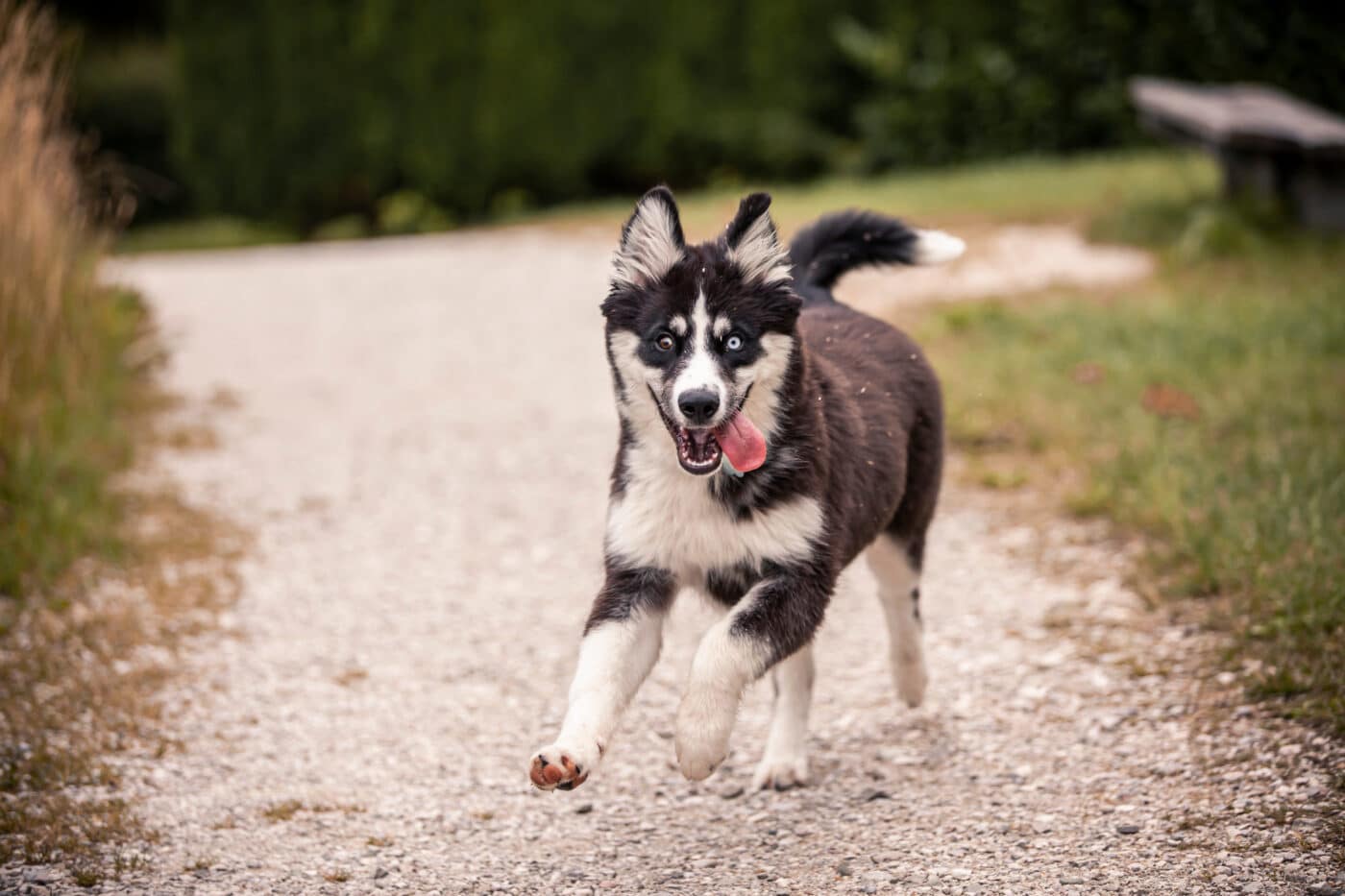 Shutterstock
Shutterstock
The East Siberian Laika is a Russian hunting dog with close genetic ties to wolves. Bred to track and hunt game in the rugged Siberian wilderness, this breed is known for its endurance, intelligence, and independence. With its wolf-like features, such as a thick coat and pointed ears, the East Siberian Laika thrives in cold climates and is highly adaptable. Despite its wild appearance, it forms strong bonds with its family and can be a loyal and protective companion when given the proper care and training.
German Shepherd
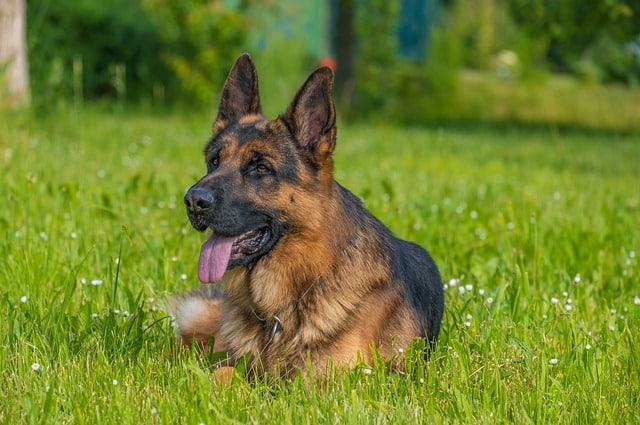 Shutterstock
Shutterstock
The German Shepherd is one of the most well-known breeds with genetic similarities to wolves. Originally bred for herding and working, these dogs are highly intelligent, loyal, and versatile. Their wolf-like appearance, sharp muzzle, and erect ears hint at their wild ancestry. German Shepherds have strong instincts for protection and guarding, traits commonly seen in wolves. They are incredibly trainable and often used in police, military, and search-and-rescue roles. Their close genetic relationship to wolves makes them strong, agile, and adaptable to various tasks, yet they remain loyal and loving companions.
Shiba Inu
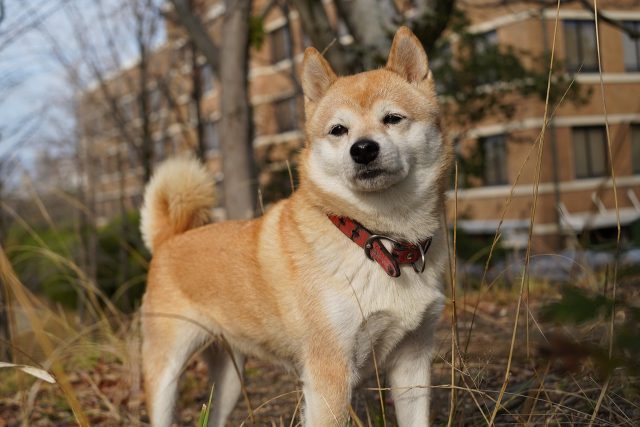 Shutterstock
Shutterstock
The Shiba Inu, a smaller spitz-type dog originating from Japan, retains many of its wolf ancestors’ physical and behavioral characteristics. Known for their fox-like appearance and erect ears, Shiba Inus have a strong, independent nature that resembles the wild traits of wolves. They are known for being alert, agile, and naturally inclined toward self-reliance, similar to wolves in the wild. While they form strong bonds with their families, Shiba Inus tend to maintain a certain level of independence. Their strong prey drive, sharp intelligence, and wolf-like vocalizations (including howling) reflect their ancient lineage.
Kuvasz
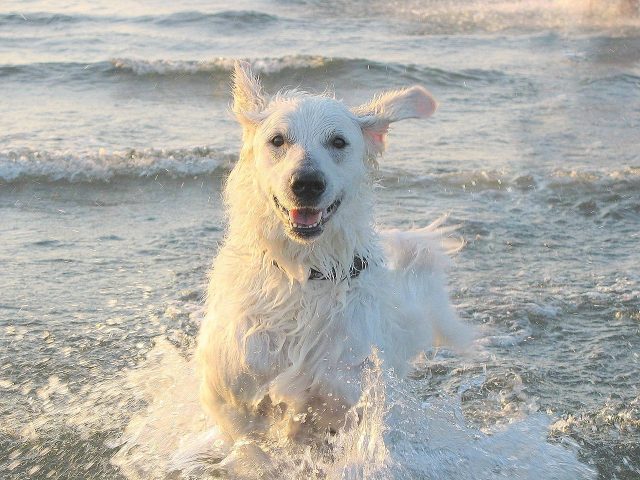 Shutterstock
Shutterstock
The Kuvasz is an ancient Hungarian breed originally used to guard livestock and homes, with its roots tracing back to the nomadic times of the Magyar tribes. These dogs have a powerful, muscular build and a thick coat that looks wolf-like. Their protective instincts are strong, and they have a natural wariness toward strangers, traits they share with wolves. Kuvasz dogs are known for their independence, intelligence, and loyalty, making them highly effective at guarding. Despite their wild heritage, they are gentle and affectionate with their families, making them excellent companions with a deep ancestral connection to wolves.
Tibetan Mastiff
 Shutterstock
Shutterstock
The Tibetan Mastiff is an ancient breed that has been guarding livestock in the Himalayas for centuries, and its lineage shares several characteristics with wolves. With their large, powerful build and dense coat, these dogs resemble the wolves they once protected livestock against. Tibetan Mastiffs are known for their independent and strong-willed nature, often acting based on their judgment, much like wild wolves. Despite their guardian instincts, they are deeply loyal to their families and are known for their calm and patient demeanor, making them majestic, wolf-like protectors.
Belgian Tervuren
 Shutterstock
Shutterstock
The Belgian Tervuren, a member of the Belgian Shepherd family, is a highly intelligent and agile herding dog that shares many traits with wolves. Their sharp, alert expressions, erect ears, and keen awareness reflect their wild ancestry. Belgian Tervurens are known for their protective nature and strong work ethic, which they share with wolves, particularly their ability to work cooperatively in groups. These dogs are highly trainable and responsive, making them popular in police and protection work. Their close relationship to wolves is visible in their physical appearance and natural instincts for herding and guarding.
Basenji
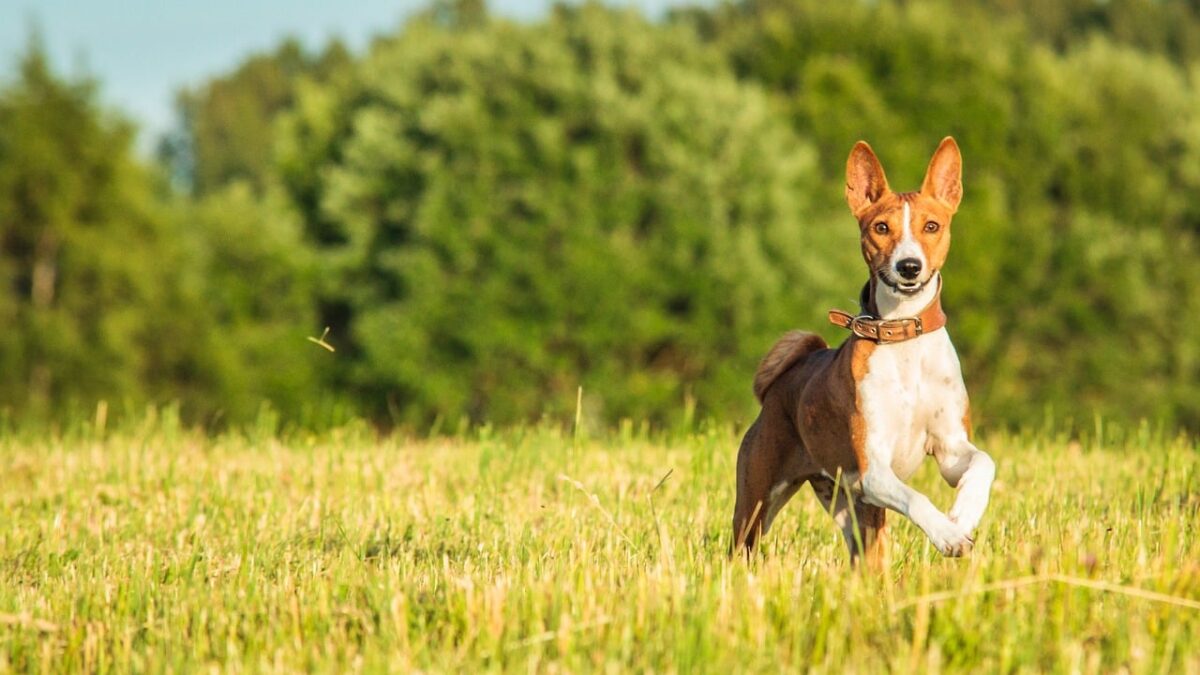 Shutterstock
Shutterstock
The Basenji, often called the “barkless dog,” is one of the most ancient breeds, with ties to wild canines like wolves. Originating from Central Africa, these dogs have retained many primitive traits, such as independence and strong prey drive. Basenjis are known for their unique vocalizations, which resemble a yodel more than a traditional bark, similar to the vocalizations of wild canines. Their sleek, agile bodies and sharp senses give them a wolf-like agility and hunting ability. While small, their wild ancestry is evident in their behavior, making them a breed closely related to wolves.
Anatolian Shepherd
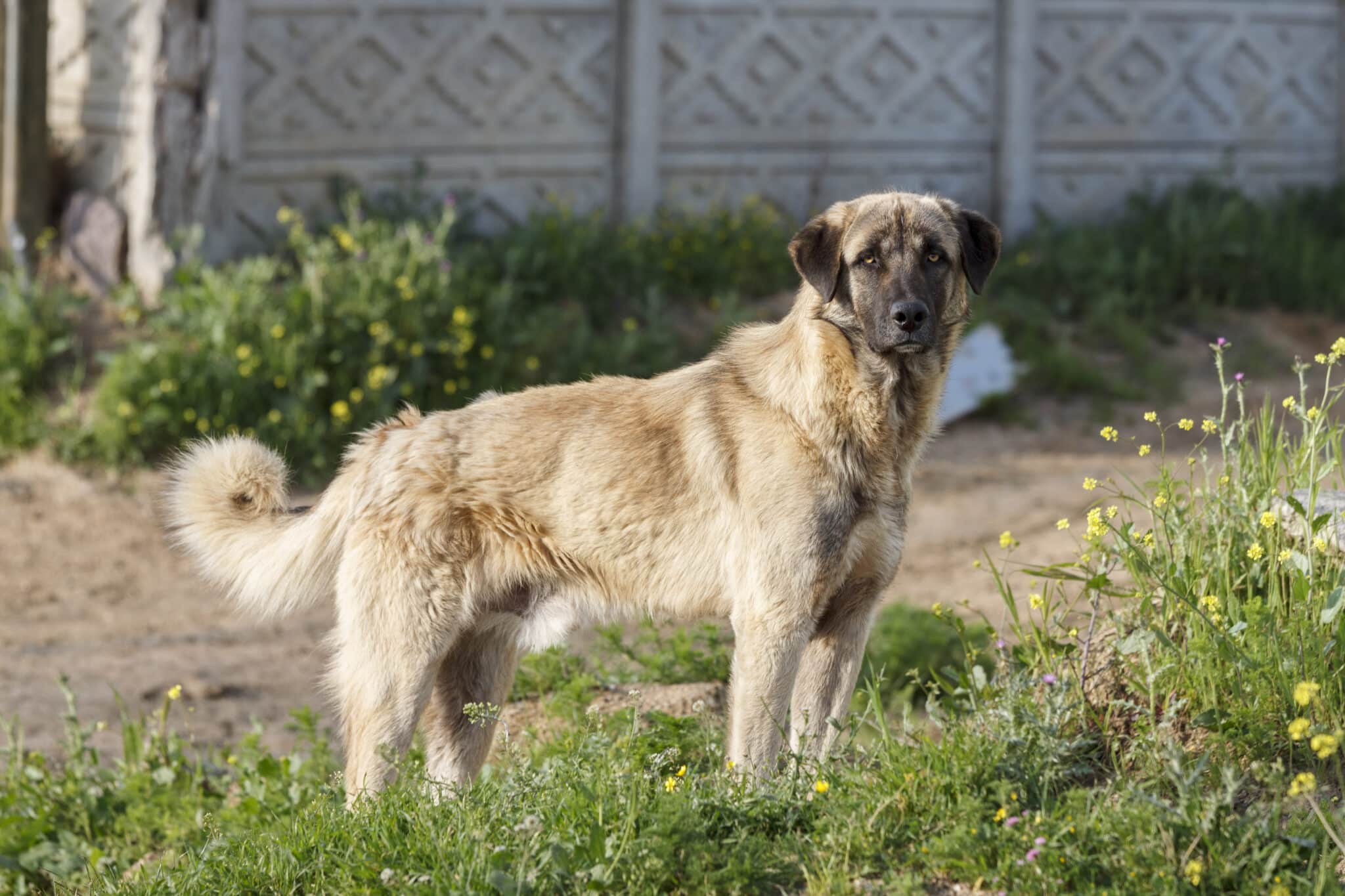 Shutterstock
Shutterstock
The Anatolian Shepherd is a powerful livestock guardian breed that originated in Turkey, and their strong, independent nature mirrors that of their wild wolf ancestors. Known for their ability to work autonomously, these dogs have protected livestock from predators like wolves for thousands of years. Their muscular build, sharp intelligence, and protective instincts make them similar to wolves in both appearance and behavior. Despite their fierce guardian traits, Anatolian Shepherds are calm and gentle with their families, reflecting the balance between their wild instincts and domestic loyalty.
Carolina Dog
 Shutterstock
Shutterstock
The Carolina Dog, also known as the American Dingo, is a breed with primitive roots that closely resemble those of wild wolves. These dogs are native to the United States and were originally discovered in the wild, surviving independently, much like wolves. Carolina Dogs have a lean, muscular build and a strong prey drive, traits that are often associated with their wolf-like ancestry. They are independent, intelligent, and highly adaptable, able to thrive in both rural and urban environments. Their wild nature is still present in their behavior, as they are cautious around strangers but form strong bonds with their owners.
The Wild Side Of Man’s Best Friend
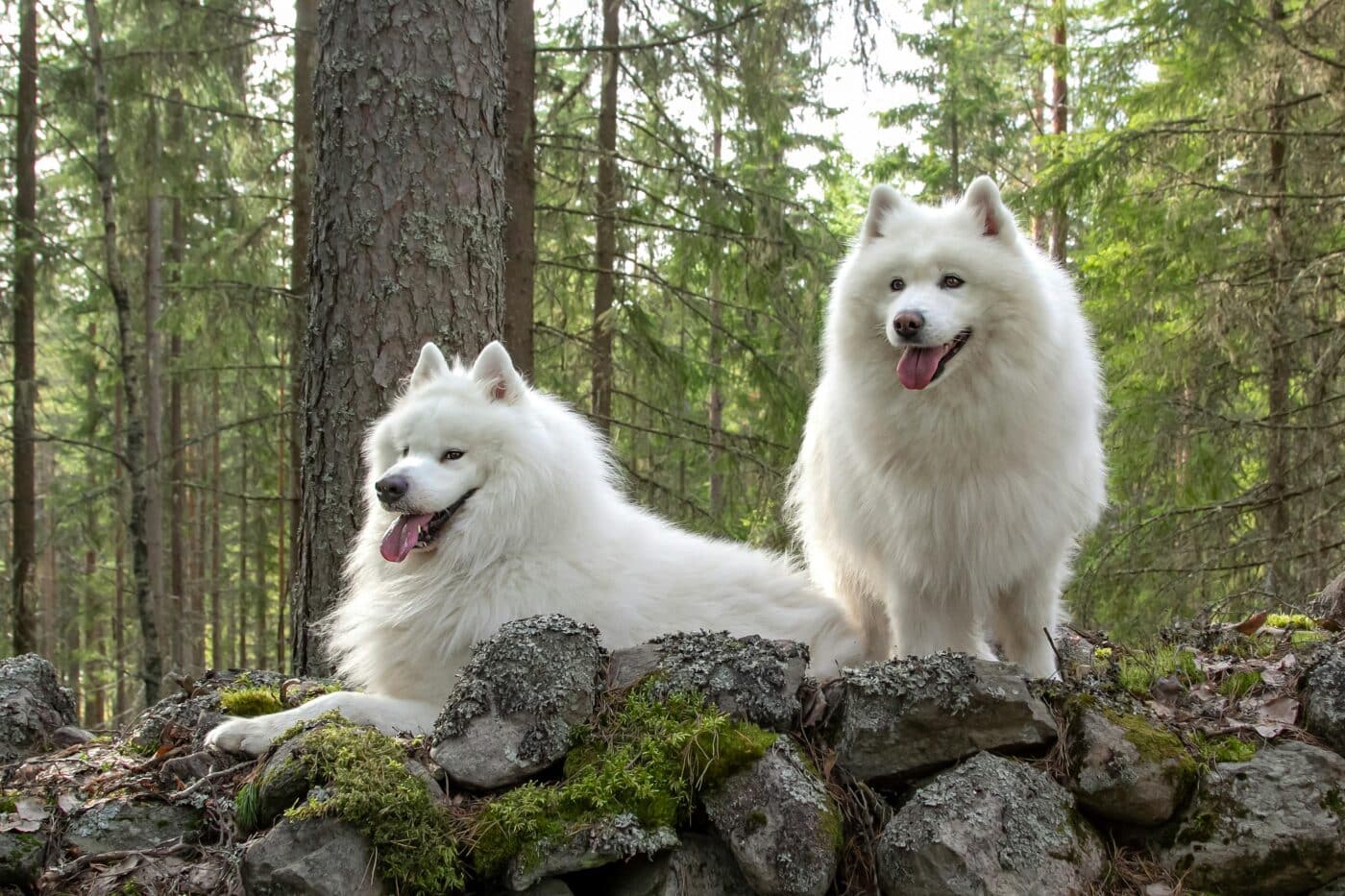 Shutterstock
Shutterstock
These breeds resemble their wolf ancestors in appearance and behavior, sharing many traits that make them stand out among other dogs. Their physical strength, endurance, and sometimes independent nature contribute to their uniqueness as companions. While loyal and protective of their families, these breeds often require experienced handling and training to thrive in a domestic environment. Understanding their heritage and instincts is crucial for owners to provide the best care, ensuring a harmonious and fulfilling relationship with these remarkable dogs.
 Toledo, United States.
Toledo, United States.